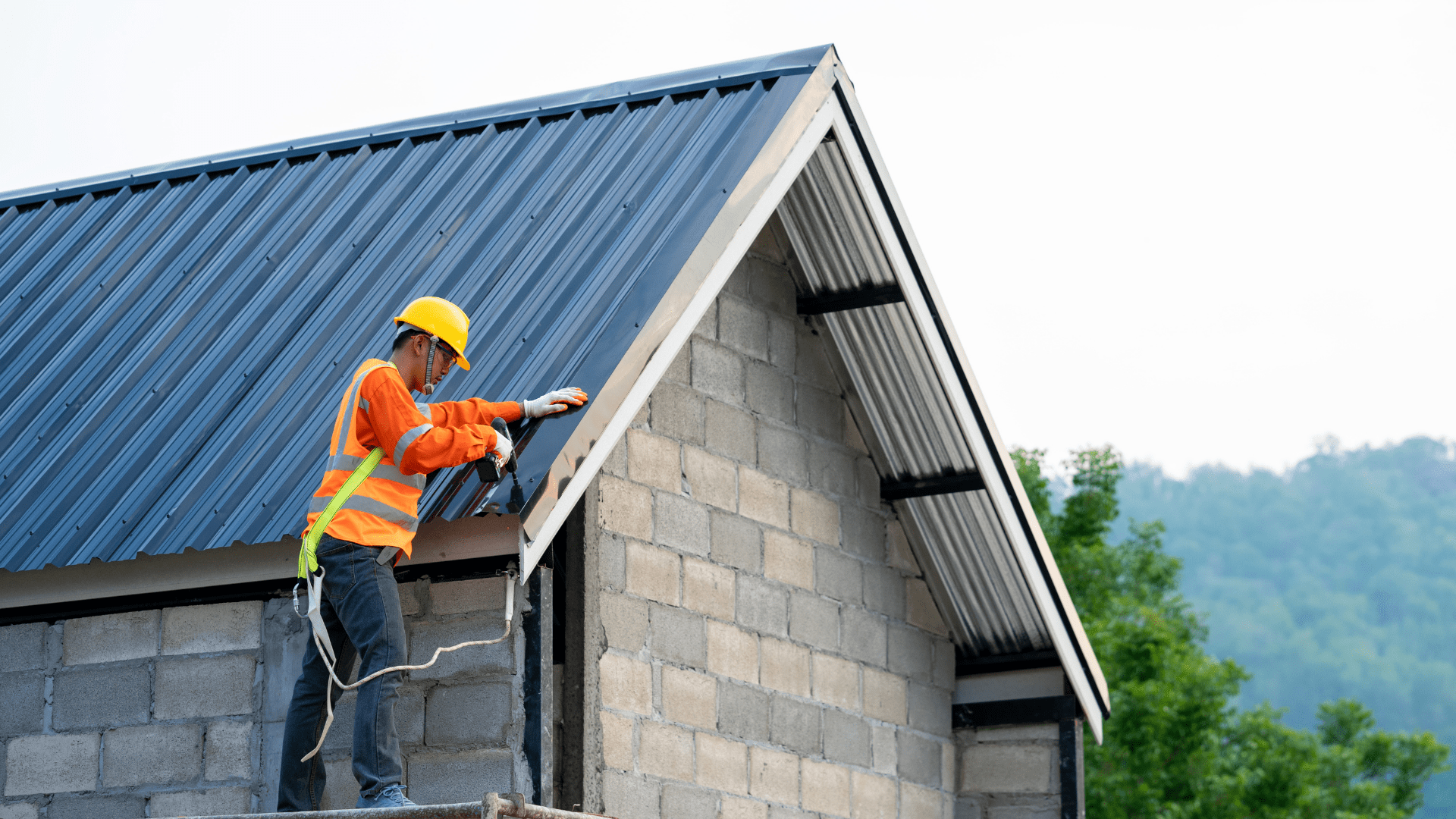Ever wondered how long your roof will actually last? Whether you’ve just moved into an older property or you’re planning a new build, understanding your roof’s lifespan can save you thousands of pounds in the long run.
Let’s break down the real facts — by roofing material, weather, maintenance habits, and installation quality — so you know what to expect for your home in the UK.
Quick Answer: Average Roof Lifespan in the UK
If you just want a rough idea:
| Roof Material | Average Lifespan (UK) |
| Natural Slate | 80–120+ years |
| Clay Tiles | 50–100 years |
| Concrete Tiles | 30–60 years |
| Metal Roofing (Steel, Aluminium, Zinc) | 40–80 years |
| Wooden Shingles or Shakes | 30–50 years |
| Felt/Bitumen Flat Roof | 10–25 years |
| EPDM Rubber Flat Roof | Up to 50 years |
| GRP/Fibreglass Flat Roof | 20–30 years |
Of course, these are averages. A well-installed roof with good ventilation and regular maintenance can often outlive its expected lifespan — while a neglected one may fail early.
Why Roof Lifespans Vary So Much
You might hear your neighbour say their tiles lasted 80 years while yours needed replacing after 40.
That’s because lifespan depends on six key factors:
- Material quality – Premium materials naturally last longer.
- Installation workmanship – A skilled roofer can add decades of life.
- Ventilation and insulation – Prevents trapped moisture and rot.
- Roof pitch and drainage – Steeper roofs shed water faster.
- Weather and exposure – Wind, frost, and salt all take a toll.
- Maintenance – Regular cleaning and inspections make all the difference.
Lifespan by Roofing Material (UK Focus)
1. Natural Slate Roofs
Natural slate is the crown jewel of UK roofing — especially Welsh or Cumbrian slate.
With professional installation and occasional maintenance, a slate roof can easily last 100 years or more.
Many historic British homes still have their original slate roofs from the Victorian era. Just make sure individual cracked or slipped slates are replaced quickly to prevent water damage beneath.
2. Clay Tile Roofs
Clay tiles are another classic British favourite. They typically last 50 to 100 years depending on the quality and exposure.
Fired clay handles frost well and retains colour over decades. If you’re after a roof that combines tradition and durability, clay tiles are a solid choice — especially for period-style homes.
3. Concrete Tile Roofs
Concrete tiles became popular in post-war housing for their affordability. While not as long-lasting as clay or slate, a concrete tile roof can last 30 to 60 years when properly maintained.
Watch for surface wear and underlay degradation as the roof ages. Replacing a few cracked tiles or fixing ridge mortar early can prevent much bigger problems later.
4. Metal Roofing (Steel, Aluminium, Zinc)
Modern metal roofs are gaining traction in the UK for their sleek look and longevity.
Depending on the coating and metal thickness, they last anywhere from 40 to 80 years.
Zinc and aluminium are particularly durable against rust and corrosion, while steel requires protective coatings for long-term performance. Bonus: metal roofs reflect heat well, improving energy efficiency.
5. Wooden Shingles or Shakes
A more rustic and eco-friendly choice, wooden shingles can last 30 to 50 years when treated and ventilated properly.
They’re naturally insulating but need breathing space to stay dry. Shaded or damp environments can shorten their life, so proper airflow is essential.
6. Flat Roofs
Flat roofs are common on extensions, garages, and modern designs. Their lifespan depends largely on the membrane used.
Felt / Bitumen Roofs
Older felt roofs often needed replacing within 10–15 years, but today’s high-performance bitumen membranes can reach 20–25 years with good care.
EPDM Rubber Roofs
EPDM (ethylene propylene diene monomer) is a synthetic rubber membrane known for flexibility and UV resistance. Expect up to 50 years of performance if professionally installed.
GRP / Fibreglass Roofs
Fibreglass systems (also called GRP) typically last 20–30 years. They’re excellent for complex shapes and offer seamless waterproofing — but they must be laid correctly to avoid cracking.
What Affects How Long Your Roof Lasts
1. Quality of Materials
You get what you pay for. High-grade slate, tiles, and metals resist weathering, moisture, and cracking much better than budget alternatives.
2. Workmanship
Even the best materials fail if installed poorly. Gaps, short laps, or wrong fixings allow water to creep in. Always choose an experienced, accredited roofer — not the cheapest quote.
3. Ventilation and Insulation
Good airflow under the roof prevents condensation, which can rot timber and underlay.
Likewise, proper insulation protects both your roof structure and energy bills.
4. Roof Design
A steep-pitched roof sheds rain and snow easily, while flat or low-slope roofs rely heavily on drainage detail. Simple design choices can extend lifespan dramatically.
5. Weather and Exposure
UK weather is unpredictable — high winds, coastal salt air, heavy rain, and frost all wear down roofing materials over time. Homes near the coast or under dense tree cover generally experience faster wear.
6. Maintenance Routine
A quick visual check twice a year and after major storms can prevent expensive surprises. Keep gutters clear, trim overhanging branches, and fix small cracks before they grow.
Warning Signs That Your Roof Needs Attention
Don’t wait for a ceiling leak to tell you your roof’s in trouble. Look out for:
- Cracked or missing tiles or slates
- Moss buildup or discolouration
- Water stains on ceilings or loft timbers
- Sagging rooflines
- Damaged flashing or exposed underlay
- Persistent damp smell in the attic
If any of these appear, book a roof inspection promptly — catching issues early can extend lifespan by years.
How to Extend Your Roof’s Life
Want to squeeze every possible year out of your roof? Here’s what you can do:
- Inspect twice a year – Spring and autumn are perfect.
- Clean gutters and valleys – Prevents standing water.
- Treat moss and algae – These hold moisture and weaken tiles.
- Repair small issues fast – A loose ridge tile today could mean a full leak tomorrow.
- Keep proper ventilation – Avoid condensation damage in loft spaces.
- Avoid walking on your roof – Pressure can crack tiles or weaken fixings.
These small, consistent habits can easily add a decade or more to your roof’s life.
Repair or Replace: How to Decide
It’s often tempting to keep patching things up, but sometimes a full replacement is the smarter financial move.
- Repair: When only a few tiles or a small section are affected.
- Replace: When leaks are widespread, underlay is perished, or the roof is past 70–80% of its lifespan.
If your roof is approaching its expected limit and maintenance costs keep piling up, re-roofing can actually save you money in the long run.
Roof Costs, Warranties & Insurance in the UK
- Manufacturer warranties typically range from 10–50 years, depending on material and product grade.
- Workmanship guarantees (from installers) usually cover 5–10 years.
- Insurance only covers sudden damage (like storm impact), not wear and tear.
- If you replace over 25% of your roof, UK Building Regulations require you to upgrade insulation to meet current energy standards.
Flat Roofs: Managing Expectations
Flat roofs require extra care because water doesn’t run off as easily. Ensure:
- Proper fall (1:40 slope minimum) for drainage
- Clear outlets and gutters year-round
- Sealed joints and flashings
- Avoid standing water — ponding reduces lifespan fast
A well-detailed flat roof can easily outperform a rushed one by a decade or more.
Summary: Average Roof Lifespans (UK)
| Roof Type | Expected Lifespan | Maintenance Level |
| Slate Roof | 80–120+ years | Low |
| Clay Tile Roof | 50–100 years | Low |
| Concrete Tile Roof | 30–60 years | Moderate |
| Metal Roof | 40–80 years | Low |
| Wooden Shingles | 30–50 years | Moderate |
| Felt Flat Roof | 10–25 years | High |
| EPDM Rubber Roof | Up to 50 years | Low |
| GRP/Fibreglass Roof | 20–30 years | Moderate |
Conclusion
So, how long does a roof last in the UK?
It depends — but with quality materials, skilled installation, and a little routine care, your roof can protect your home for decades, even a lifetime.
The secret is not just in the material you choose, but in how you maintain and respect it. After all, your roof isn’t just a cover over your head — it’s your home’s first line of defence against Britain’s unpredictable weather.
FAQs
1. How often should I check my roof in the UK?
At least twice a year — once in spring and once in autumn. Always check again after heavy storms or strong winds.
2. Can I pressure wash moss off my roof?
Avoid it. Pressure washing can loosen tiles and strip protective coatings. Instead, use professional moss treatment sprays or hire a roof cleaning specialist.
3. What’s the longest-lasting roof material in the UK?
Welsh slate is the clear winner — many roofs last over a century with minimal maintenance.
4. Does replacing part of a roof require Building Regulations approval?
Yes. If more than 25% of your roof is replaced, Building Regulations require upgraded insulation and proper ventilation standards.
5. How do I know if my roof needs replacing or just repairing?
If leaks are widespread, underlay is rotting, or repairs are becoming frequent, it’s usually more cost-effective to replace the entire roof.




